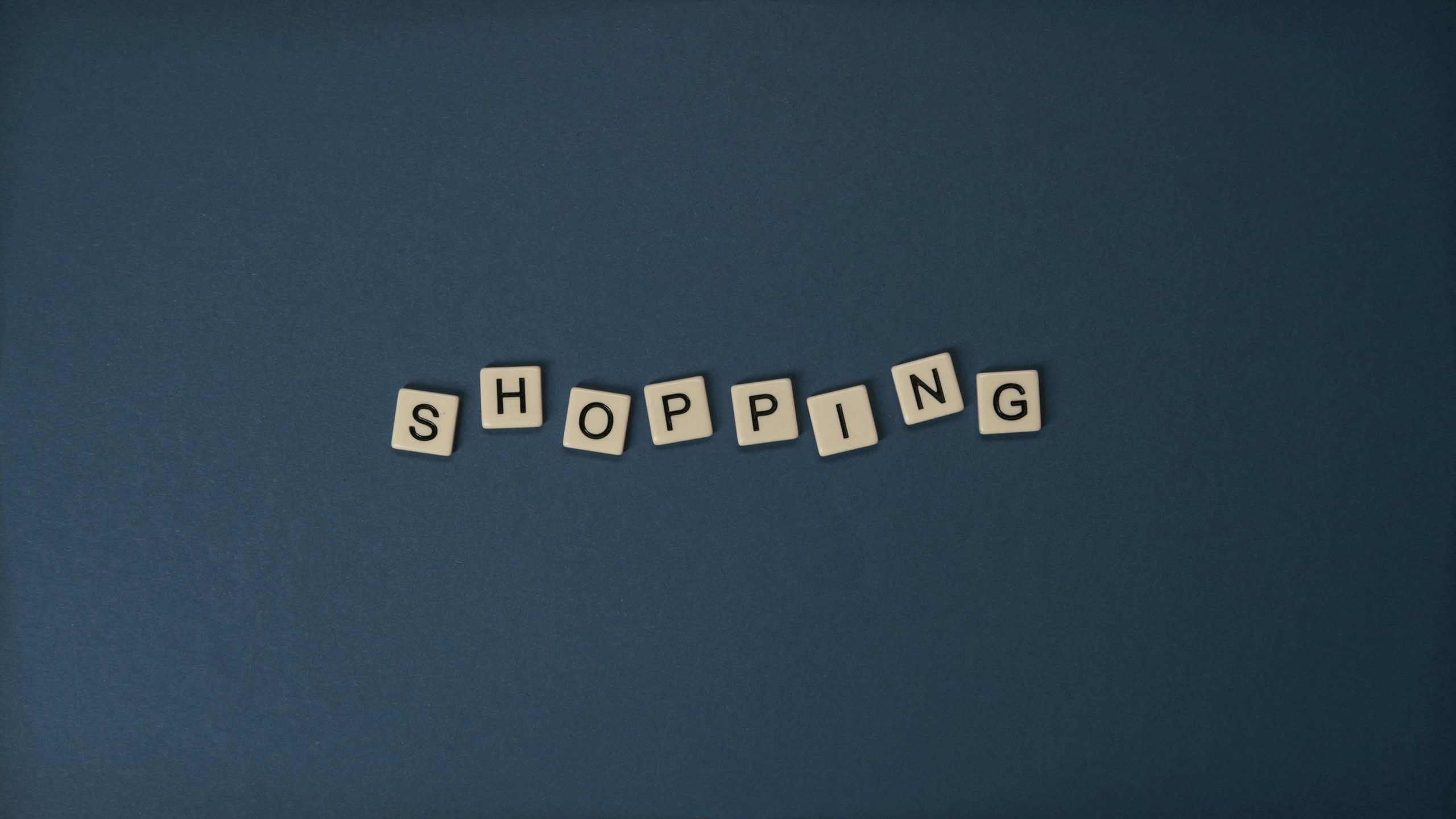-
Peace of Mind: You’ll know exactly what you’re getting into. No one wants to buy a house only to find out the wiring’s older than your grandma’s recipe for pecan pie.
-
Negotiation Power: If the inspector finds issues, you can ask the seller to fix them, lower the price, or give you a credit. Cha-ching!
-
Planning Ahead: Even if the house is solid, the inspection report gives you a roadmap for future maintenance. That’s gold for budgeting.
-
Exterior: Roof, siding, gutters, windows, and grading around the foundation. They’ll check if water’s pooling where it shouldn’t—nobody wants a soggy basement.
-
Structure: Foundation, walls, and floors. Cracks or shifts could mean trouble, especially in our Florida clay soil.
-
Plumbing: Pipes, fixtures, water heater, and drainage. They’ll make sure your showers stay hot and your toilets don’t back up.
-
Electrical: Wiring, outlets, panels, and grounding. Outdated systems (like knob-and-tube wiring) could be a fire hazard.
-
HVAC: Heating and air conditioning systems. In Palatka’s steamy summers, a working AC is non-negotiable.
-
Interior: Ceilings, walls, floors, doors, and stairs. They’ll look for water stains, mold, or signs of critters.
-
Attic and Crawlspace: Insulation, ventilation, and any sneaky leaks or pests hiding out
- Appliances: If they’re staying with the house, the inspector might test the stove, dishwasher, or built-in microwave.
- Pro tip: If you’re worried about something specific—like termites, radon, or a septic system—you can add specialized inspections. In Palatka, termite inspections are super common since those pesky critters love our warm climate.
-
Buyers: If the house is in great shape, awesome—you’re ready to move forward! If there are issues, you’ve got options: ask the seller to make repairs, request a price cut, or walk away if it’s a dealbreaker. Your agent (hey, that’s me!) will help you negotiate.
-
Sellers: If the buyer’s inspection flags problems, they might ask for fixes or concessions. You can agree, counteroffer, or say “as-is” if you’re firm on price. A pre-listing inspection helps you avoid surprises here.
________________________
-
Pick a Great Inspector: Ask for recommendations (I’ve got a list of trusted pros in Palatka). Look for someone certified by groups like ASHI or InterNACHI.
-
Be There: Tag along for the inspection if you can. It’s a chance to learn about the house and ask questions.
-
Don’t Panic: A long report doesn’t mean the house is a dud. Focus on the big stuff and talk it over with your agent.
-
Prep the House: Clear clutter, make sure the attic and crawlspace are accessible, and replace burnt-out lightbulbs. A tidy house makes a great impression.
-
Fix Small Stuff: Tighten loose doorknobs, patch minor wall dings, and clean out gutters. It shows you care about the place.
-
Be Honest: Disclose any known issues upfront. It builds trust and avoids headaches later.
_____________________


 Facebook
Facebook
 X
X
 Pinterest
Pinterest
 Copy Link
Copy Link



